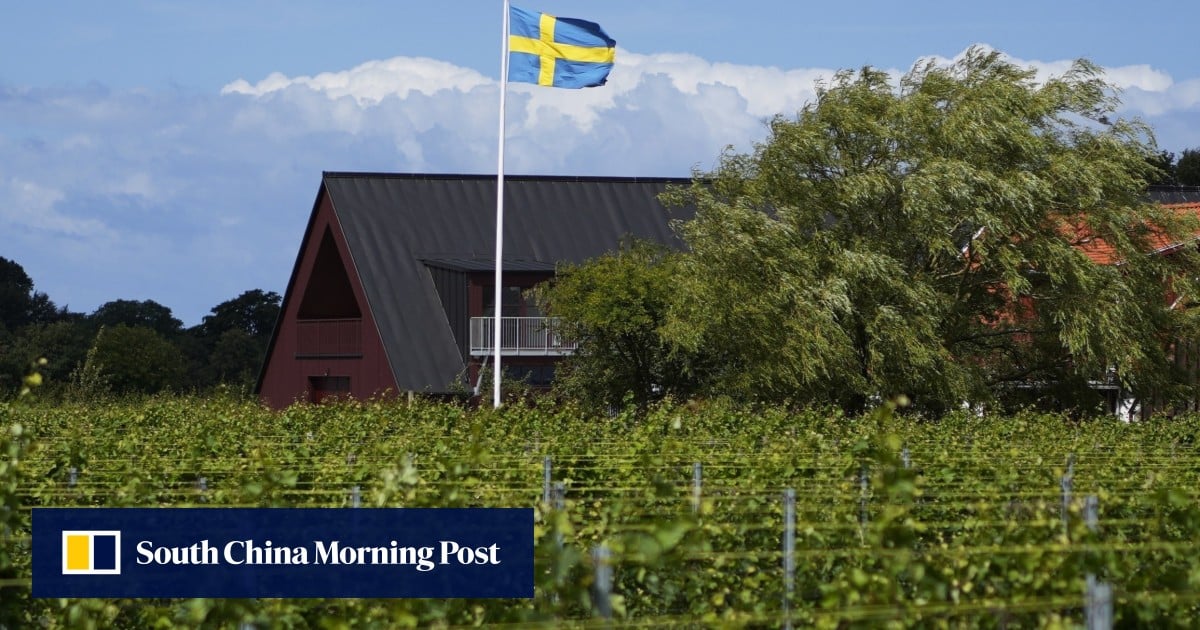By 2022, the winery had reached an annual output of over 30,000 bottles – mostly whites; they can be found in high-end restaurants from Europe to Japan to Hong Kong and have won multiple international prizes.
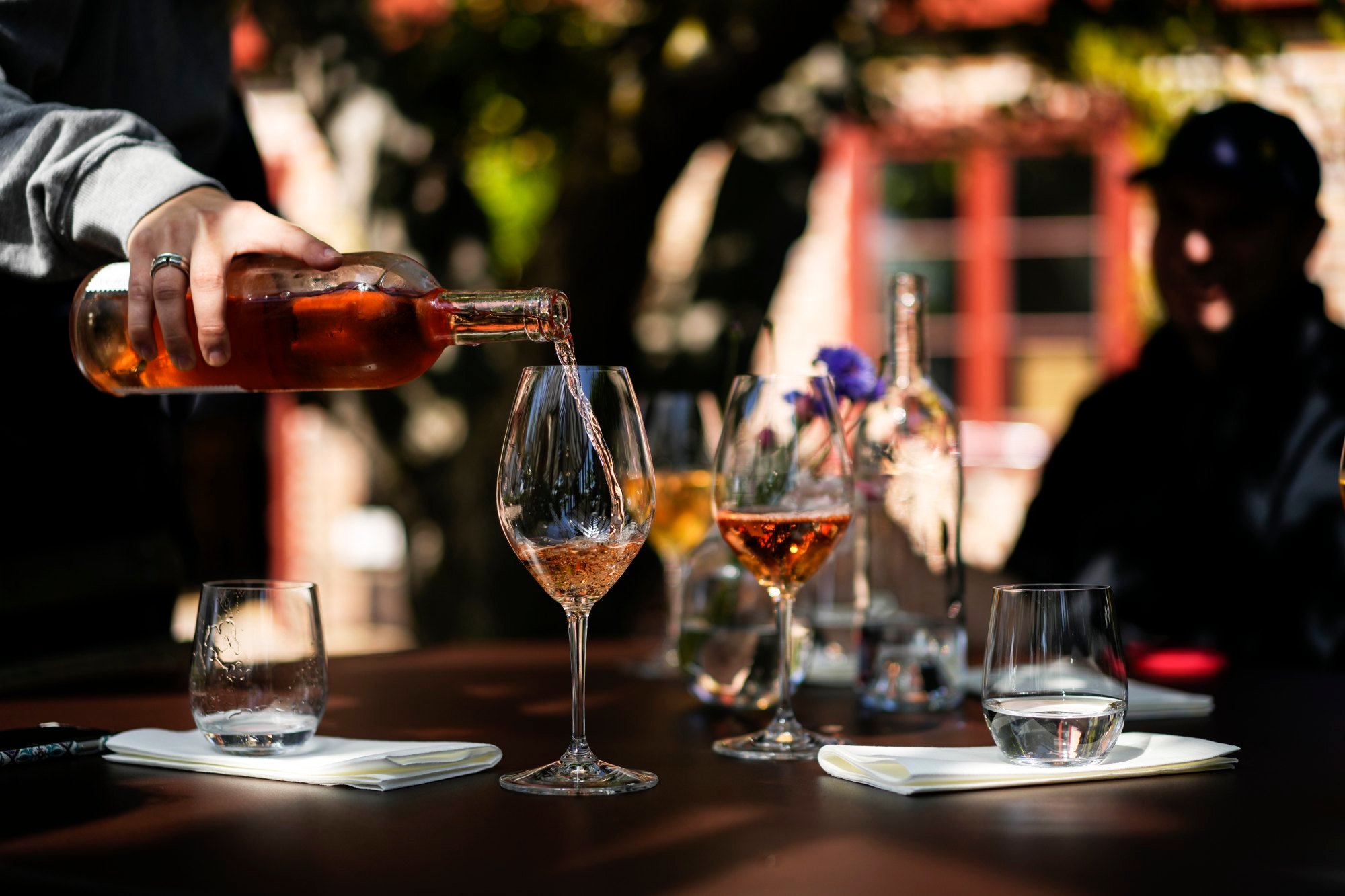
“Where vineyards in more traditional countries are suffering, we are gaining momentum,” says Felix Ahrberg, a 34-year-old oenologist and winemaker who returned to Sweden in 2017 to lead Kullabergs Vingard after working in vineyards around the world.
Grapevines can tolerate heat and drought, and farming without irrigation is traditionally practised in parts of Europe.
But the past decade has seen the planet’s hottest years on record, and more warming is expected. That can hit wine, where even minor weather variations can change grapes’ sugar, acid and tannin content.
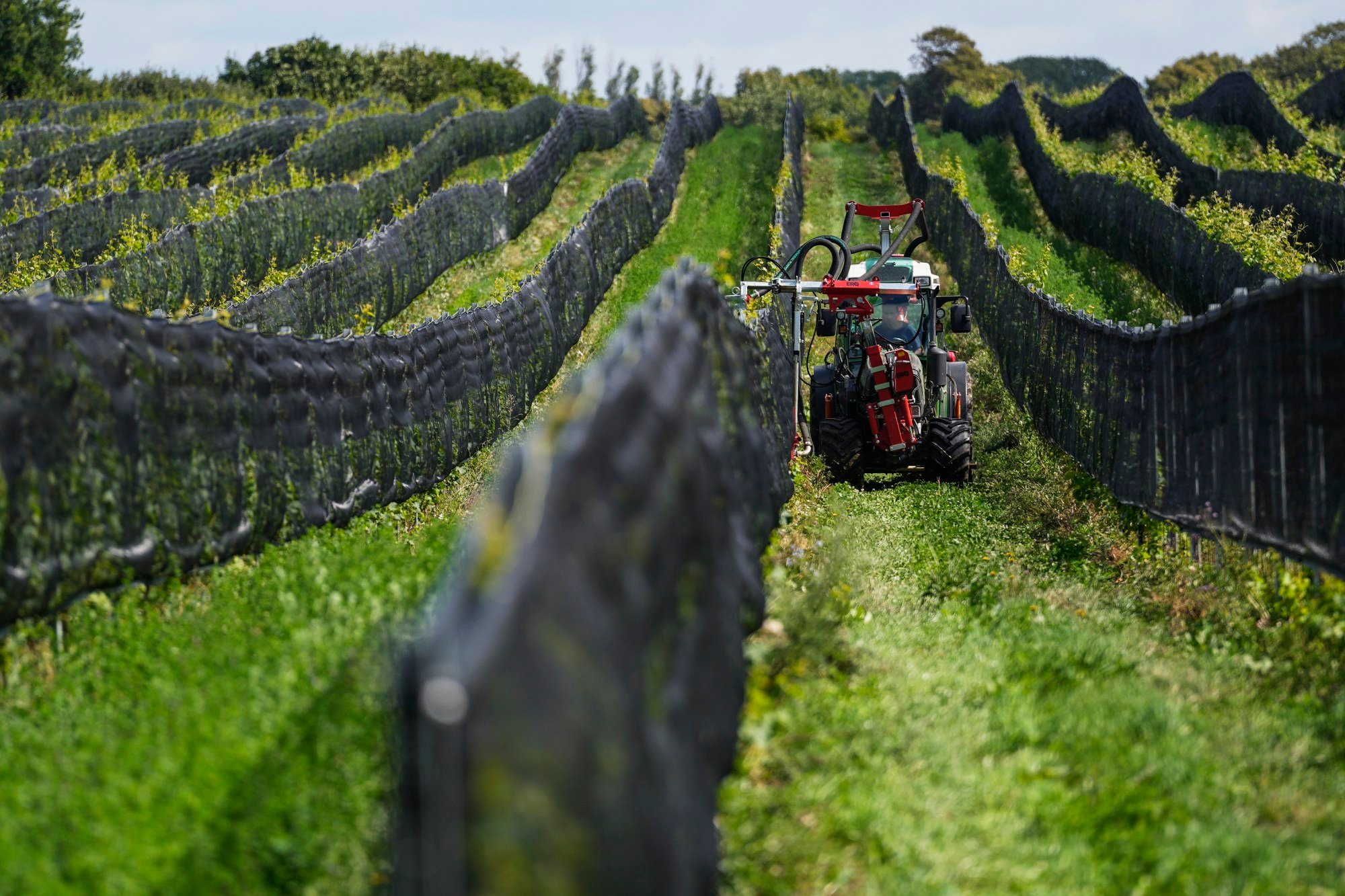
Climate change can make areas once ideal for certain grapes more challenging. Extreme heat ripens grapes faster, leading either to earlier harvests that can diminish quality, or to stronger, less balanced wines if left to ripen too long.
In recent years, grapevines have been planted farther north, with commercial vineyards appearing in Norway and Denmark and others, including in the American West, expanding into cooler zones.
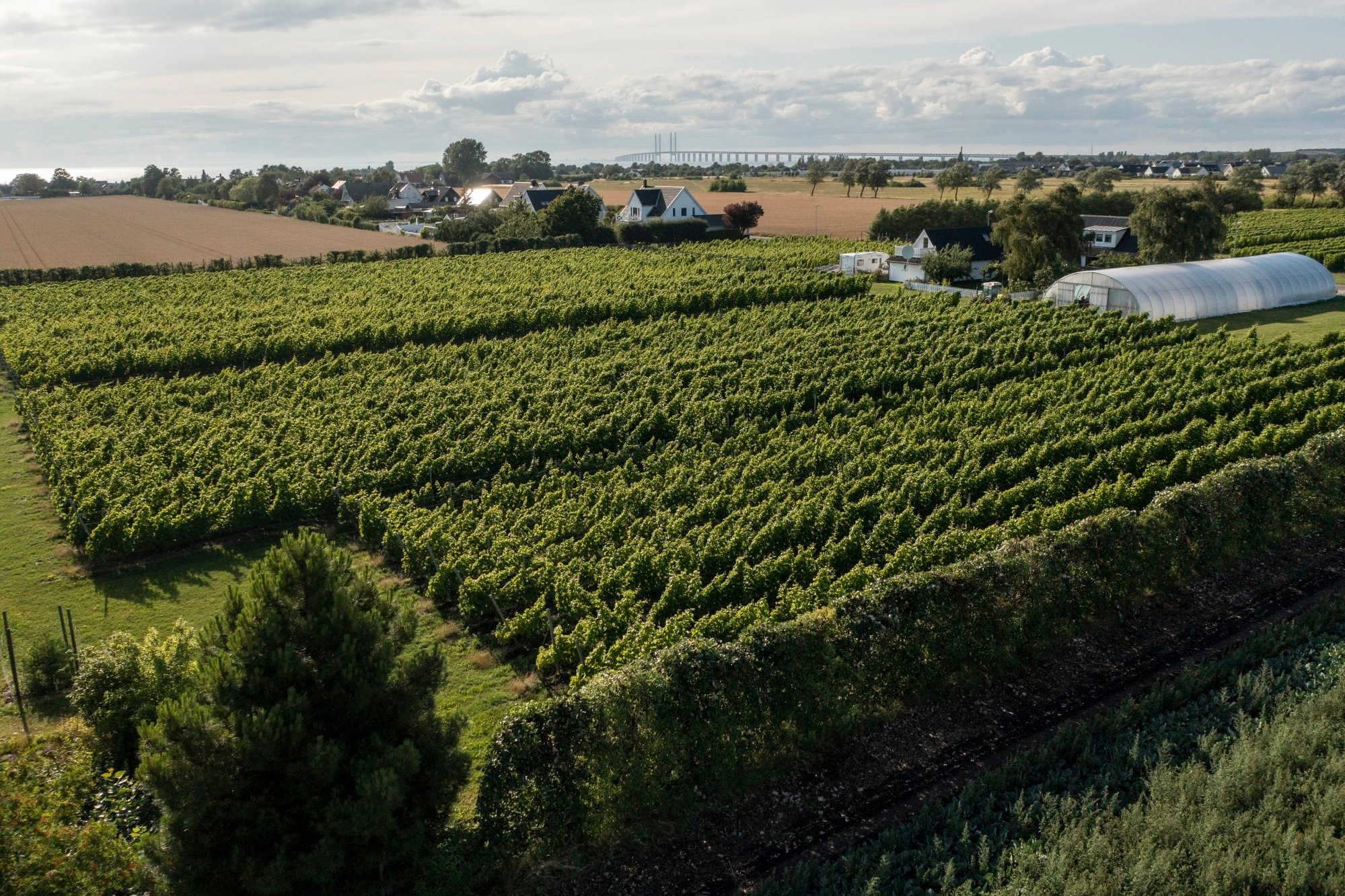
Kent in southeast England is favoured for its large areas of chalky terroir, which are said to be similar to those of the Champagne region.
How a French champagne master’s ‘balanced’ sake is winning over Japan
How a French champagne master’s ‘balanced’ sake is winning over Japan
Temperatures in southern Sweden have increased by about two degrees Celsius over the past 30 years, according to data from the Swedish Meteorological and Hydrological Institute. And the growing season has lengthened by about 20 days.
The widespread adoption of new varieties of disease-resistant grapes is also credited with Swedish wine’s growth.
Most vineyards have planted a grape called Solaris, developed in Germany in 1975, that is adapted to the cooler climate. This enables most vineyards to avoid using pesticides.
I can see things growing here that were unthinkable 30 or 40 years ago
“Solaris is like the national grape variety here in Sweden,” says Emma Berto, a young French oenologist and winemaker at Thora Vingard on the Bjäre peninsula, about 20 kilometres (12 miles) north of Kullabergs Vingard.
She and her partner, Romain Chichery, moved to Sweden soon after finishing their viticulture studies in France, attracted by the chance to run a vineyard and winery so early in their careers.
They’re intent on combining traditional winemaking with updated environmental practices like avoiding pesticides and using extensive cover crops to improve soil quality and encourage beneficial insects and biodiversity.
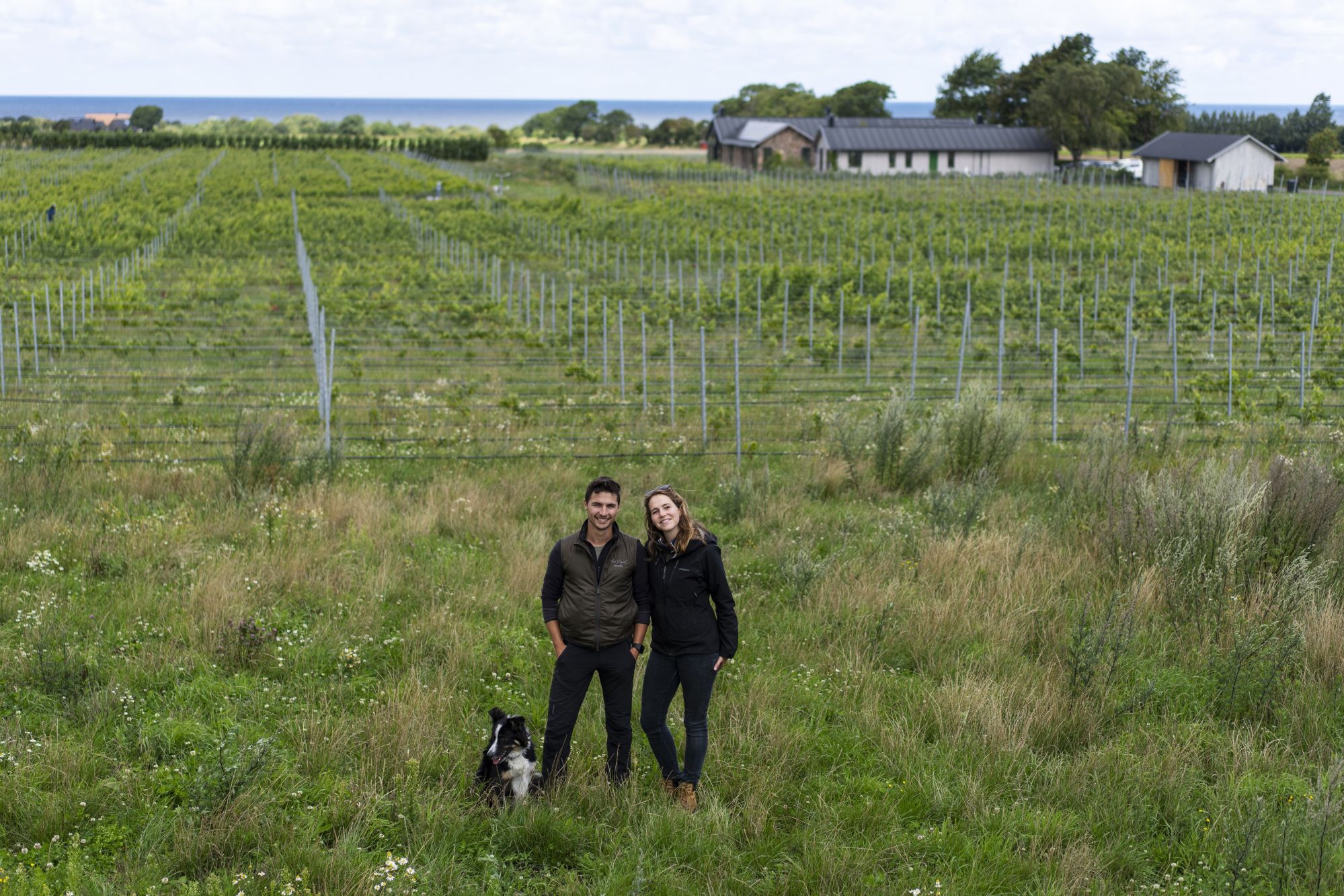
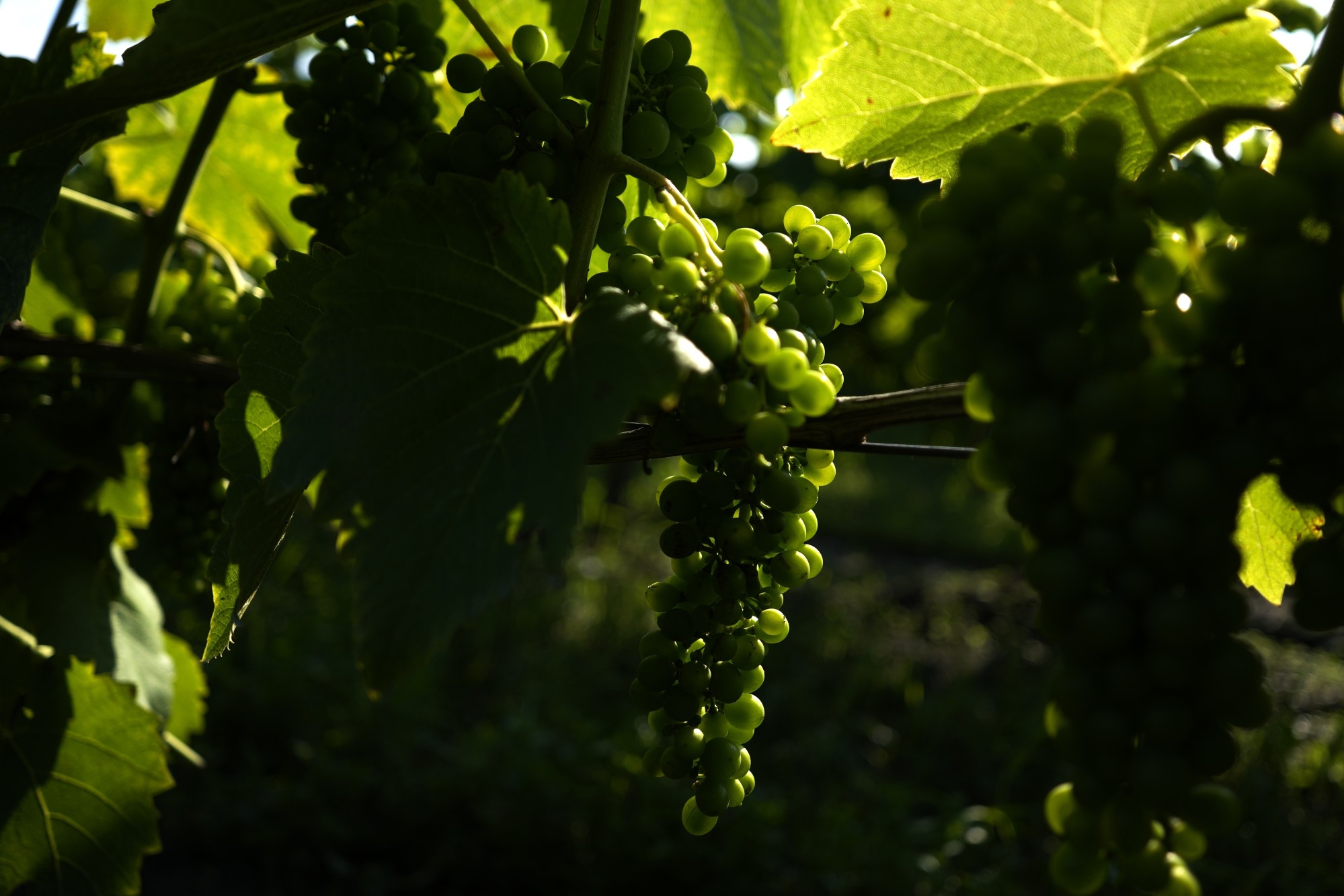
They say they face fewer extreme climate incidents in Sweden than in France, where warming winters can cause grapevines to produce early buds vulnerable to frost, and violent hailstorms can destroy a year of work in minutes.
Chichery says they have greater freedom to experiment in Sweden than in countries steeped in tradition and regulations, like France.
But working in cooler, damper conditions has meant learning new methods. While vineyards in hot climates protect their grapes with more leaf canopy, here it’s the opposite. Leaves are picked from the bottom of the plant to let more sunshine reach the grapes and reduce humidity.
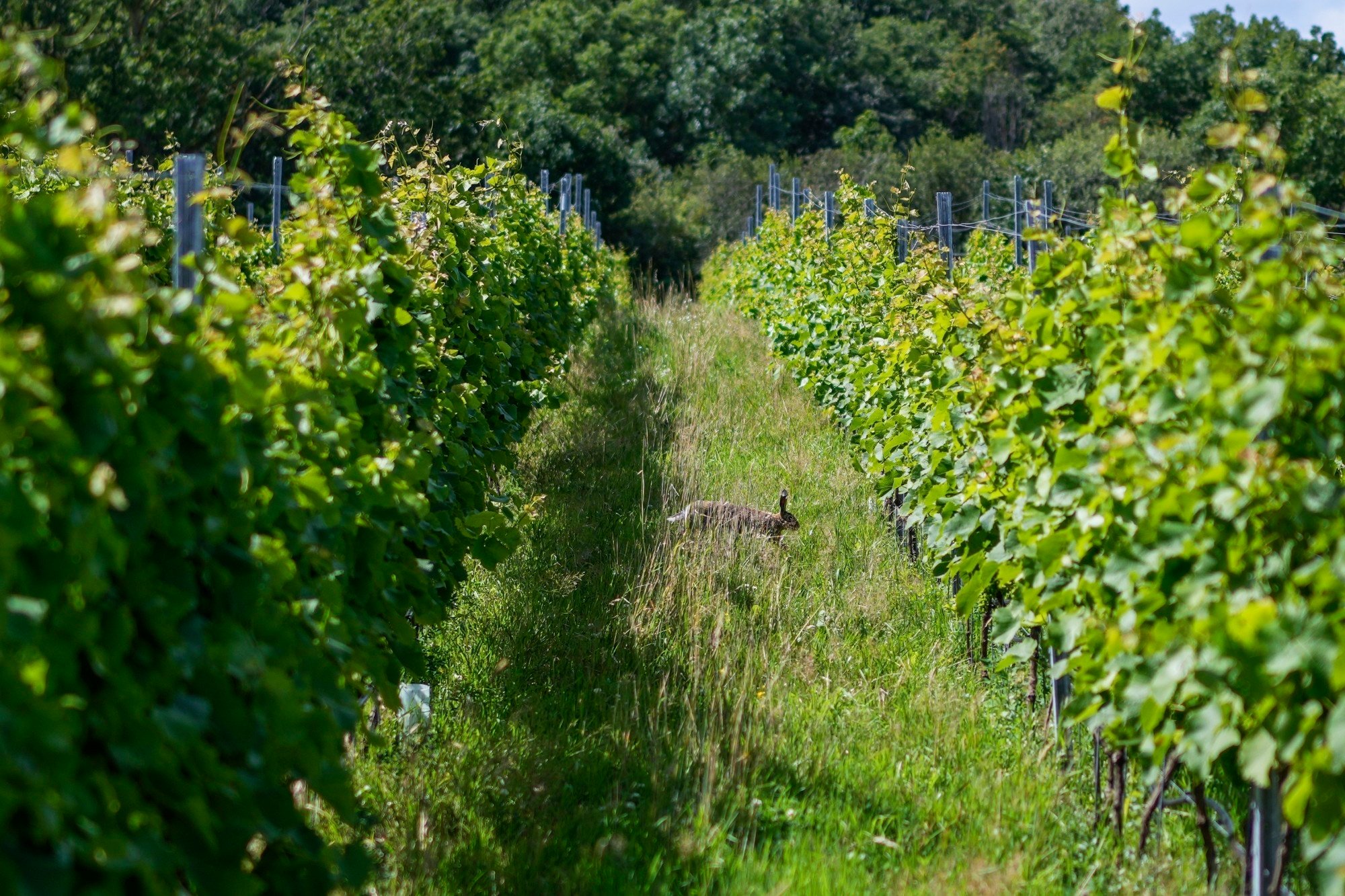
Attracting trained wine professionals is a hurdle, too, along with difficulty getting wine barrels and other equipment to scale up.
Thora Vingard owners Johan and Heather Öberg say Swedish universities offer little on winemaking or viticulture, something they hope will change soon.
For now, lots of the talent comes from abroad – like Iban Tell Sabate, who comes from the wine-growing Priorat region in Spain and has spent decades in the industry.
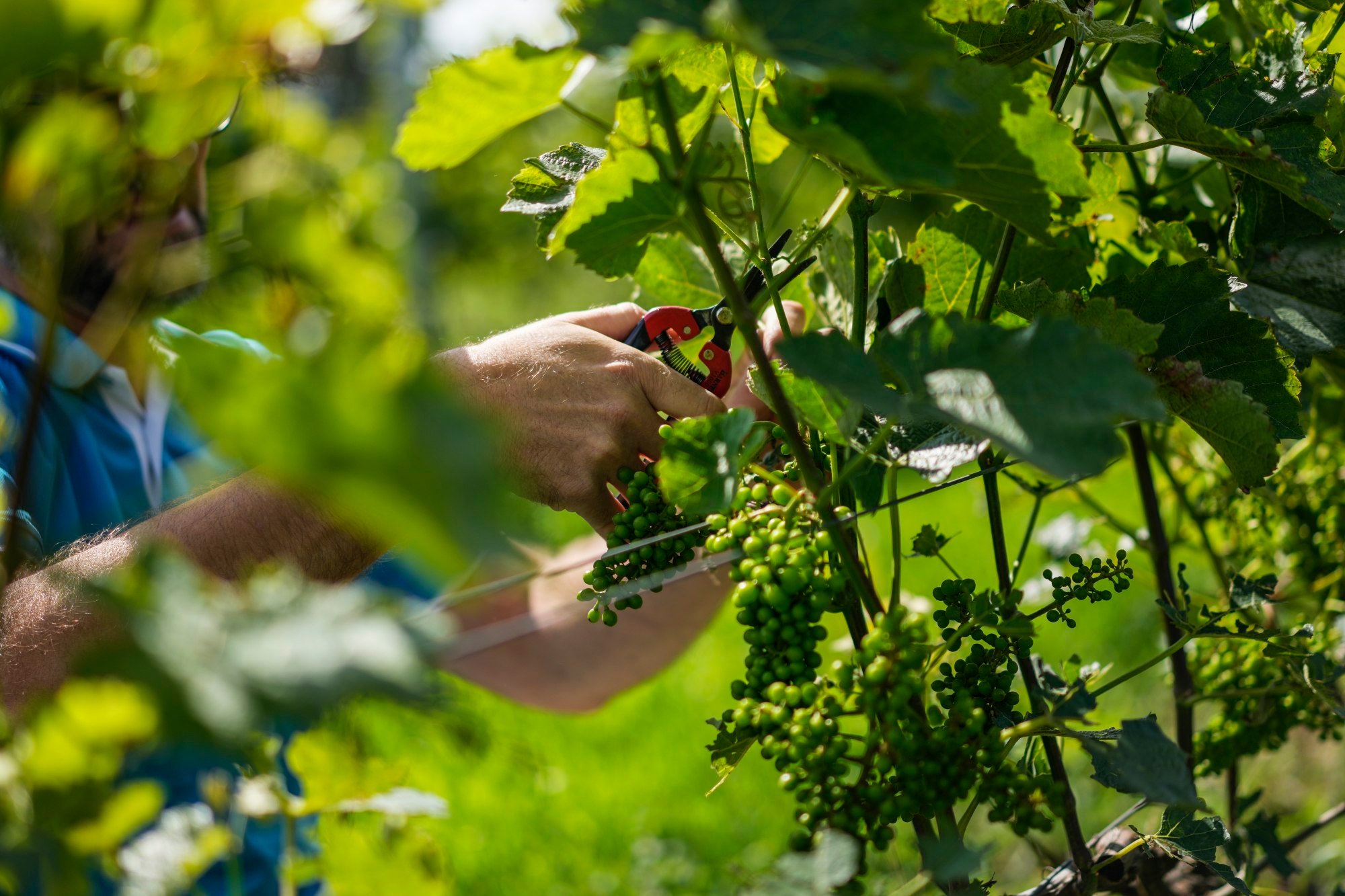
He had read about Sweden’s wine industry but says most people he spoke to back home didn’t know of it. He’s working the season at the Kullabergs Vingard alongside colleagues from France and Austria.
“With global warming, Sweden’s in a good position and it’s a good wine too.”
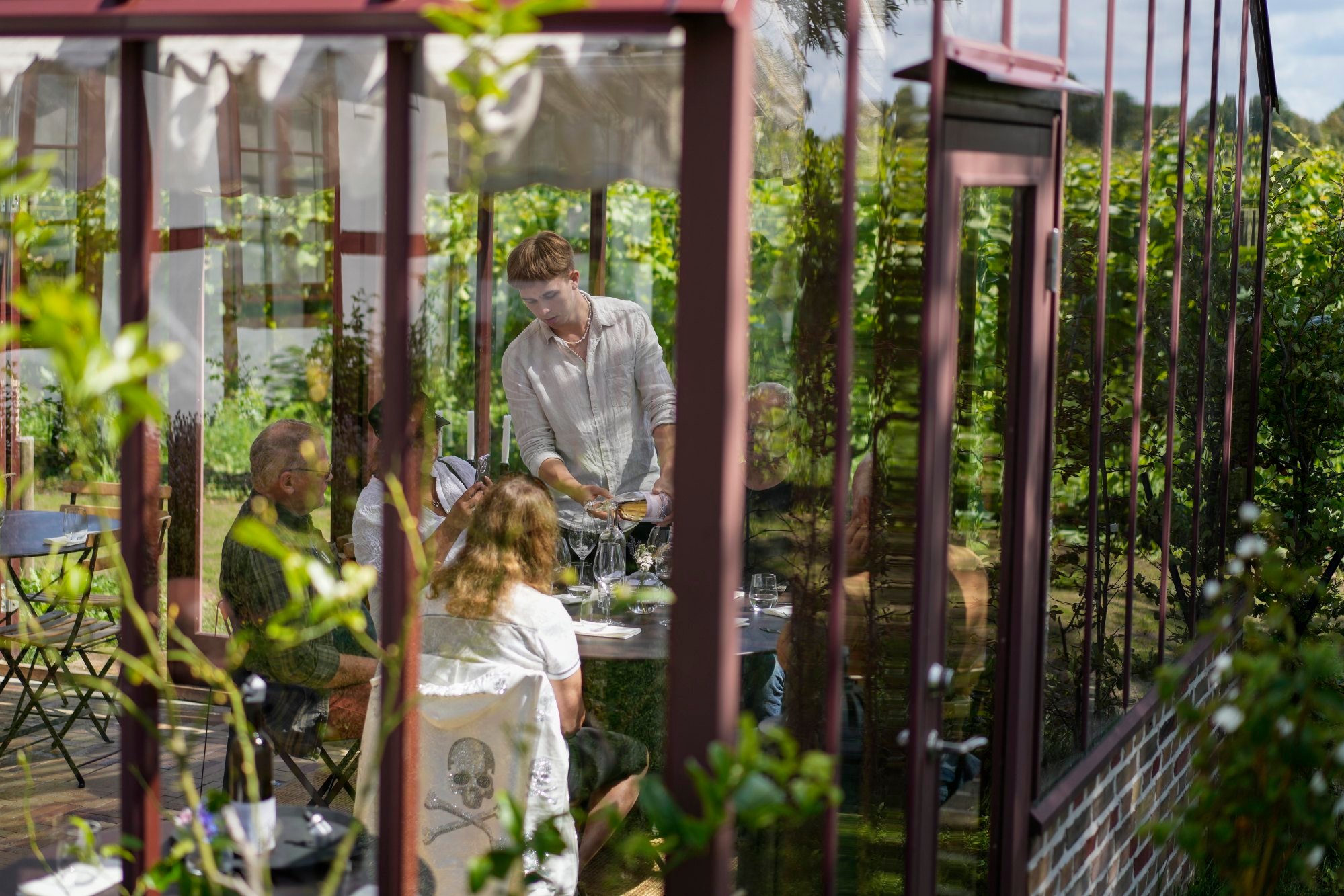
Maarten van Aalst, director general of the Royal Netherlands Meteorological Institute and a professor in climate and disaster resilience at the University of Twente, saw the optimism for growth in Swedish wine as an indicator of how quickly the world’s climate is changing.
Businesses “have good feelers for that”, he says, and called it positive that “climate change is partly something we can adapt to”.
But van Aalst noted the days of torrential rains that battered Scandinavia in early August, overwhelming dams, destroying roads, forcing thousands to evacuate and causing more than US$150 million in damage.
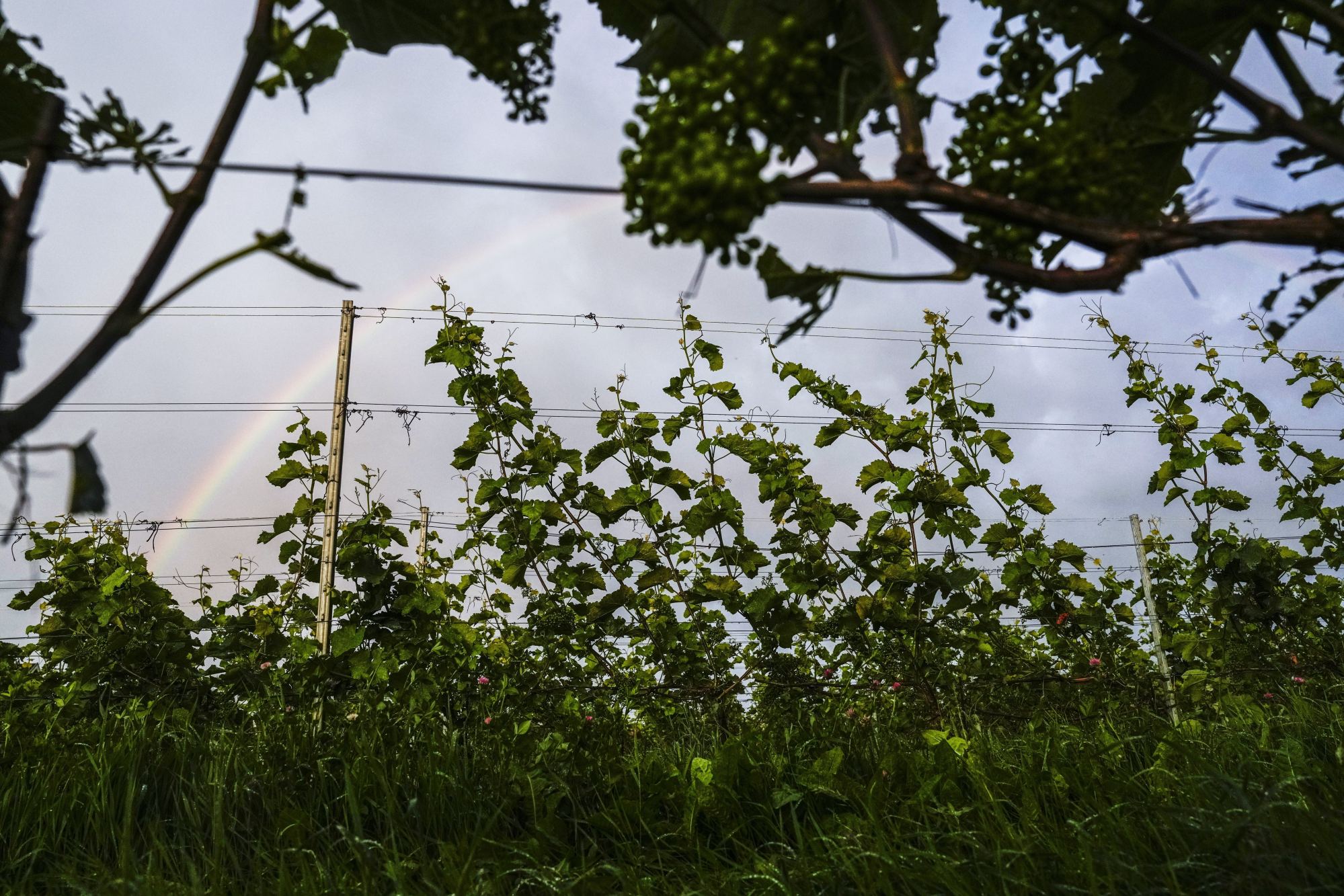
Human-caused climate change is making such extreme and destructive weather events more common.
Both Kullabergs Vingard and Thora came through that storm without major damage, free to turn their attention to what businesses do – try to grow.
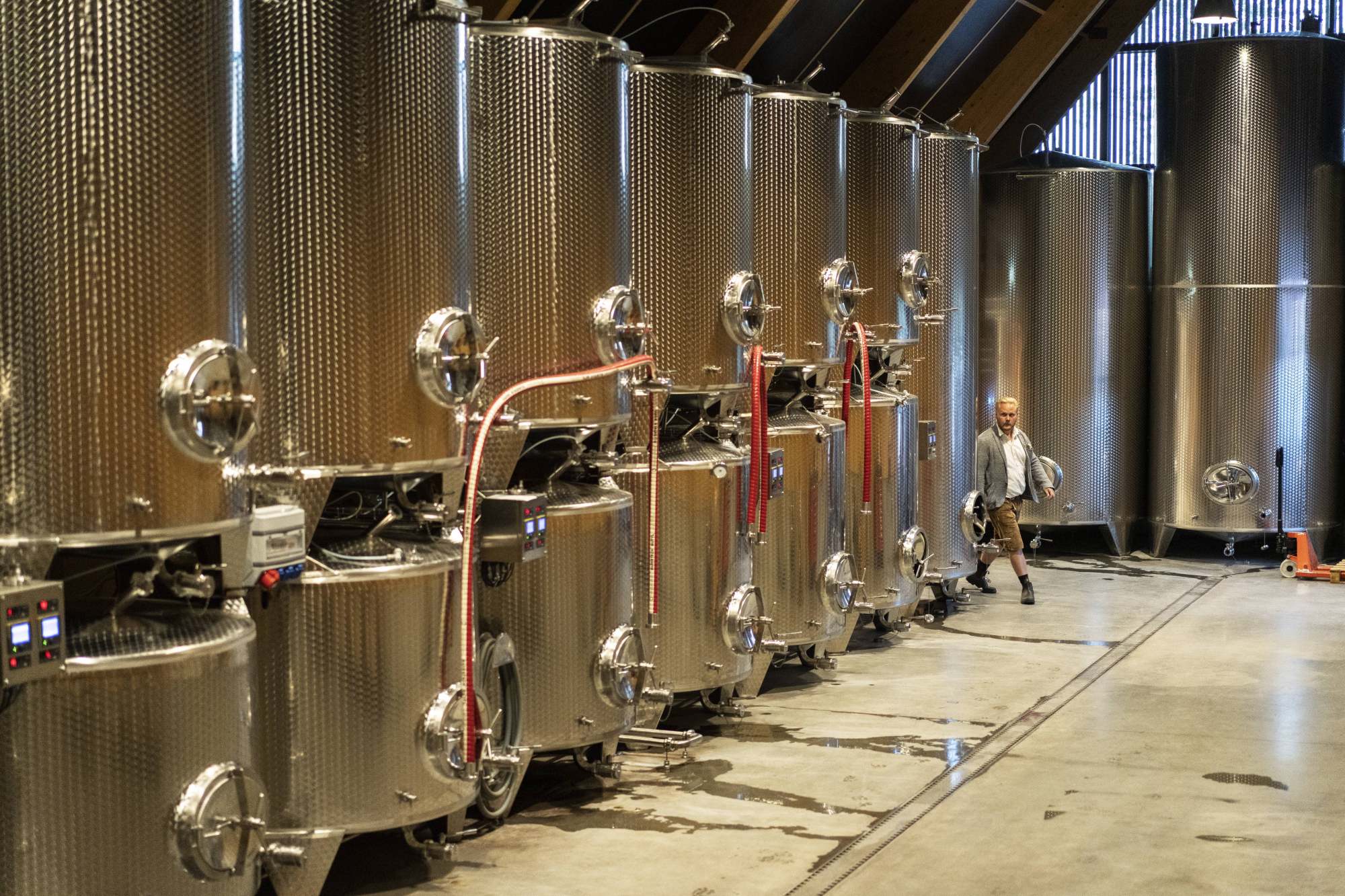
Wineries are strictly regulated and they can’t sell directly to consumers because of Sweden’s state monopoly on alcohol sales.
The state-owned Systembolaget (or more colloquially, Systemet) is the only retail chain in the country that is allowed to sell alcohol above 3.5 per cent ABV for takeaway consumption.
In addition, all products sold in Systembolaget stores are strictly vetted by the chain’s headquarters and individual products cannot be promoted favourably over others.
How a Chinese-American Hongkonger got to make her own wine in Rioja, Spain
How a Chinese-American Hongkonger got to make her own wine in Rioja, Spain
“The government doesn’t yet see the possibilities of the wine industry,” says Mikael Mölstad, a wine journalist and critic. “Politicians are not interested because they still see alcohol as a social problem.”
However, a July 2023 ruling by the Swedish Supreme Court granting a Danish online retailer the right to sell alcohol direct to consumers – and thereby increasing consumer choice and competition – may shake up Systembolaget’s monopoly in the future.
Winemakers also hope that things will change as vineyards expand. Although the planted area of vines is growing fast it’s only about 150 hectares – tiny compared to almost a million hectares in Spain and more than 800,000 hectares in France.

“The number of bottles produced each year is very few,” says Henrik Edvall, who runs an online shop exporting Swedish wine abroad. His sales have been growing 10 per cent annually, with consumers curious to try something new – but facing long and sometimes fruitless wait times.
Göran Amnegard planted his first vines over 20 years ago in an experimental affair few believed would succeed, yet his Blaxsta went on to produce mostly rare ice wines that won top international prizes.
Amnegard says he feels vindicated by the growth of Swedish wines and expects “by far more wineries” as the climate shifts.
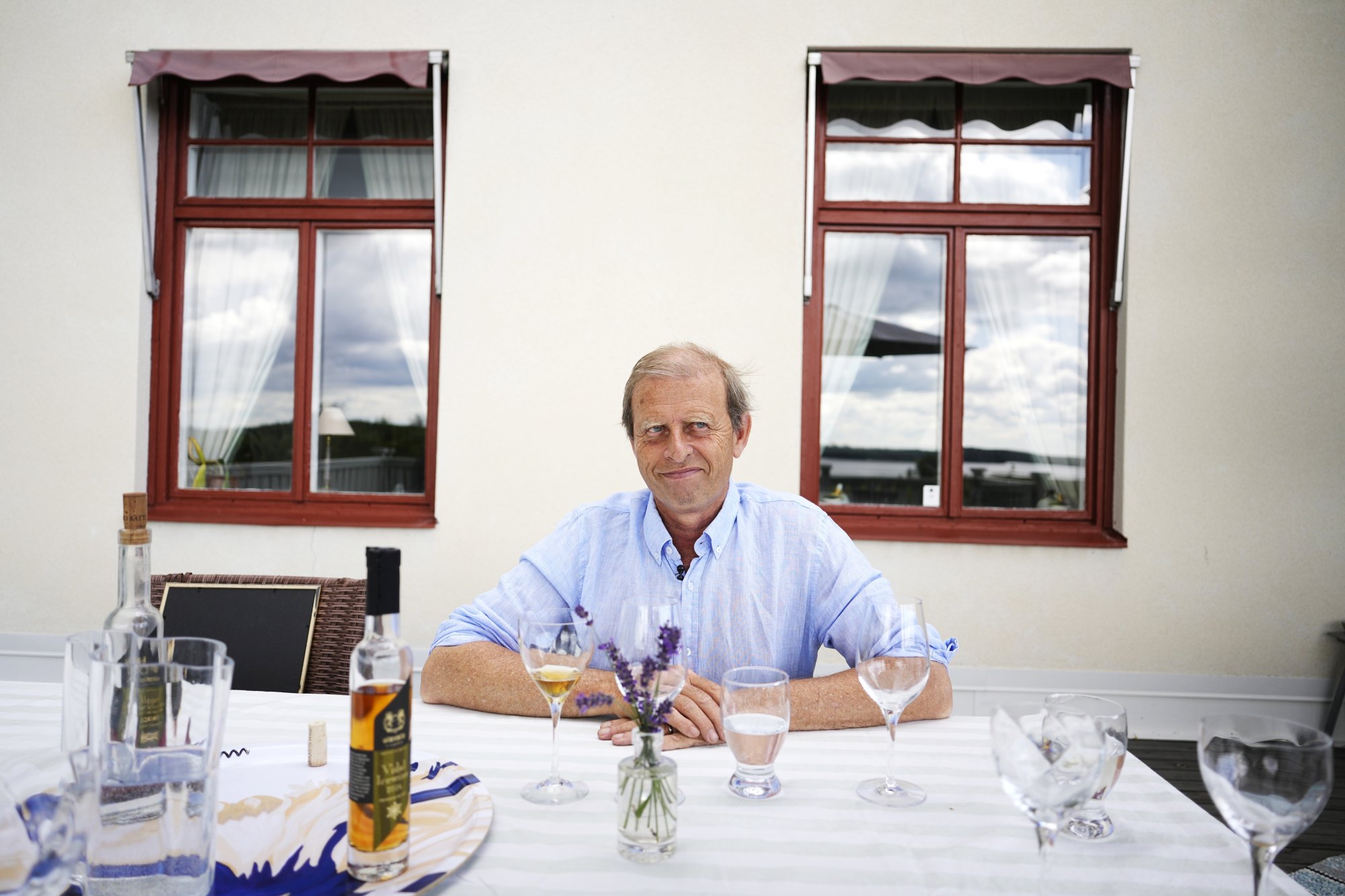
“I can see things growing here that were unthinkable 30 or 40 years ago,” Amnegard says as he looks out over his small vineyard nestled among glacial lakes and thick woodlands.
“We’re seeing fruit trees like peaches and apricots. I’m getting beautiful peaches in August.”

